how do we see colors of the opaque and transparent objects
The colour of an object is the wavelengths of light that it reflects. Translucent objects partially block light and so shed faint shadows.
What Determines The Color Of A Transparent Or Translucent Object Quora
Translucent objects have less denser molecules.
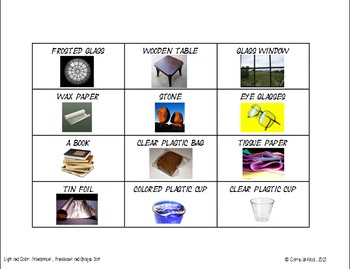
. If the vibrational energy of a light wave is passed through the object then the object appears clear or transparent. For example grass appears green in white light. The amount of light that can pass through an object depends on its density of molecules.
The light bounces off the objects surface in all directions revealing the shape and color of the object. The amount of light that can pass through an object depends on its density of molecules. How is the color of an opaque object determined.
The wave length of light that is absorbed by the object determines color--White refects all eye perceptible colors where as black absorbes. In any transparent material the light follows the laws of refraction. There is no visibility of the object through such objects.
It is because light cannot simply pass through these objects. Color filters allow only certain colors of light to passtransmit through them. The color of a transparent object depends on the color of light it transmits.
A clear image is visible on the other side. The ability to transmit light varies from object to object. Materials like frosted glass and some plastics are called translucent.
Characteristics of Opaque Objects. When you look at the glass you can see its contents clearly. For example if an object reflects red wavelengths and absorbs all others the object will appear red in color.
Light opaque objects reflect light hence they are cooler to the touch. They remain transparent when mixed with other transparent colors. Is translucent a color.
The other colours are absorbed by the filter. The color that we see depends on. If green light passes through a transparent object the emerging light is green.
The incident light can reflect from the surface of opaque materials. A car windshield is transparent - you can see through it. These are objects wherein you cannot see through them like transparent or translucent ones.
These are different colour filters for a. 1 the color of light that is shined on the object and 2 the color of light that is reflected by the object. If you switched on a torch and let the light pass through the glass window you can still see the light on the other side of the glass surface.
Opaque objects are the most dense thus allowing no light to pass through. These wavelengths are not detected by our eyes. Therefore we cannot see clearly through them and objects on the other side of a translucent object appear fuzzy and unclear.
Similarly if red light passes through a transparent object the emerging light is red. Some surfaces reflect all of this light while others absorb some of the colours. So tomatoes are red because the pigment atoms in the skin absorb photons of all energies except.
The transparent pigments are the most versatile type of watercolor. Transparent objects are sometimes known as see-through objects since we see clearly through these objects. The objects never become blurred or you can say it will not be fuzzy.
Similarly if red light passes through a transparent object the emerging light is red. The rest of the wavelengths get absorbed or scattered. Transparent objects do not block light and so do not shed shadows.
How does the color of a transparent or translucent object determined. Direction many times and is scattered as it passes through. The color of a transparent object depends on the color of light it transmits.
Think of a black piece of coal or ash. Translucent objects are less in density whereas transparent ones are the least dense. We can use transparent objects to make filters.
Opaque objects look colored because a particular wavelength gets reflected. The capacity of light penetration is what distinguishes objects or materials from each other. How do we see color of an object.
When light hits an opaque object the object either absorbs the light bounce it off or reflect the light. A white ball looks that way because it reflects all of the light that hits it. The light enters the object where it is absorbed and converted to heat.
Translucent objects such as the plastic bottle in this image allow only part of the light to pass through. Opaque objects such as the metal can shown here do not allow any light to pass through. If green light passes through a transparent object the emerging light is green.
Opaque objects block light from traveling through them. Materials like frosted glass and some plastics are called translucent. Opaque objects blocks light completely and so shed dark shadows.
Unlike opaque materials those that are transparent and translucent do allow light to pass through them. How do we see color. Therefore we can say that transparent objects are those which allow almost all light rays to pass through them.
This is determined by the arrangement of electrons in the atoms of that substance that will absorb and re-emit photons of particular energies according to complicated quantum laws. Objects can be opaque transparent or translucent. Most of the light is either reflected by.
Common examples of opaque objects are wood stone metals concrete etc. Scattering is negligible in transparent objects. The contents of the plastic bottle are visible but not very clear.
By the color of light that they TRANSMIT all others are absorbed as they pass through the material. The other wavelengths are reflected and these are detected by our eyes. If we want red light we use a red glass bulb or a red plastic film placed in front of the light.
The incident light rays may get reflected at the surface of an opaque object. A black ball does not reflect any light at all absorbing it all instead. As a result a transparent object can be made which reflects any color you choose.
Since opaque objects are denser it is impossible for light to penetrate. Only red light is able to transmit through the red glass or plastic. Opaque colors on the other hand DO NOT mix well with other opaques.
If the energy only causes vibrations in. Think of raw wood flowers or non-glossy painted surfaces. Transparent objects are least dense.
They absorb or reflect all other colors. Try to combine opaque paints only with a transparent color or colors if possible to avoid mixing muddy colors. This is because almost all the light rays emitting from the torch source pass through that transparent object.
Any item that is placed on the other side of opaque objects cannot be seen. A coloured object such as a red ball absorbs all types of light except red light which it reflects into our eyes. The objects appear colored because of the reflection of a particular wavelength.
The rest of the wavelengths either scatter or get absorbed. Except if the windshield is dirty or scratched of course and the worse the dirt or scratches the harder it is to see through and the closer it comes to being translucent rather than transparent.
What Determines The Color Of A Transparent Or Translucent Object Quora

What Are Transparent Objects Translucent Objects Opaque Objects Translucent Opaque Transparent
Translucent Opaque And Transparent Materials What S The Difference Mts Blog
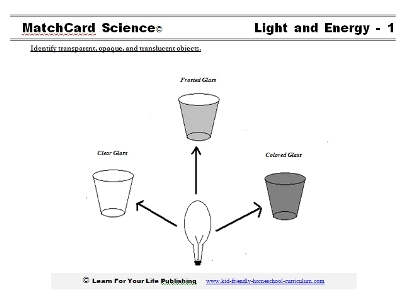
Transparent Versus Translucent
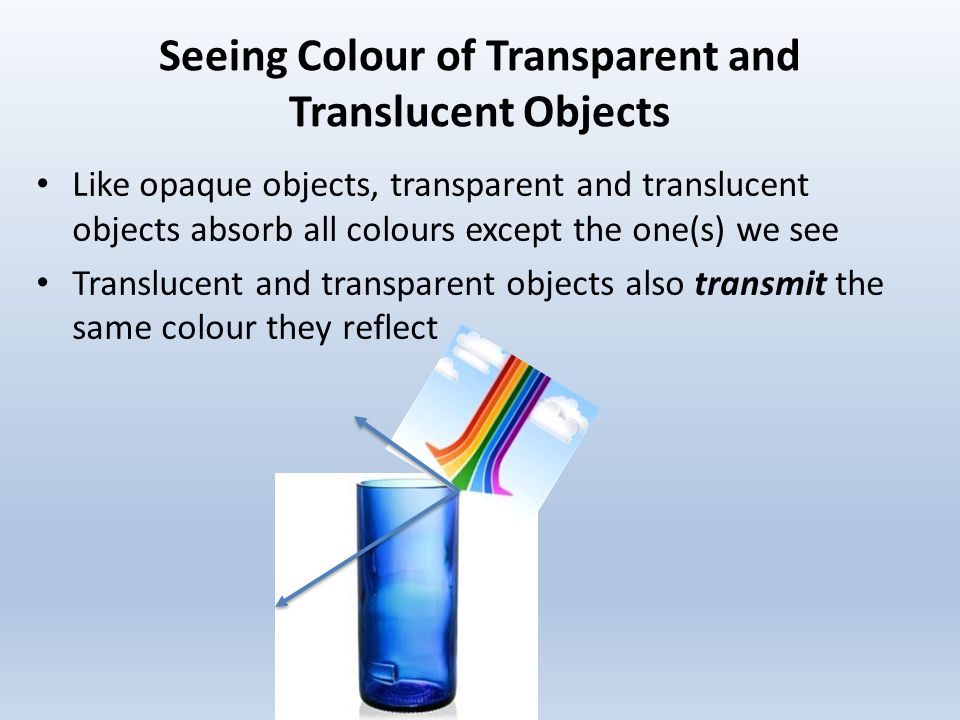
Warm Up Use A Ray Diagram To Explain How Light Behaves Differently When It Contacts A Rough Object Vs A Smooth Object An Opaque Object Vs A Transparent Ppt Video Online Download

Transparent Translucent Or Opaque Lesson Plan And Worksheets Venn Diagram Venn Diagram Science Lesson Plans Lesson

Transparent Materials And Objects Translucent Objects And Opaque Materials With Examples
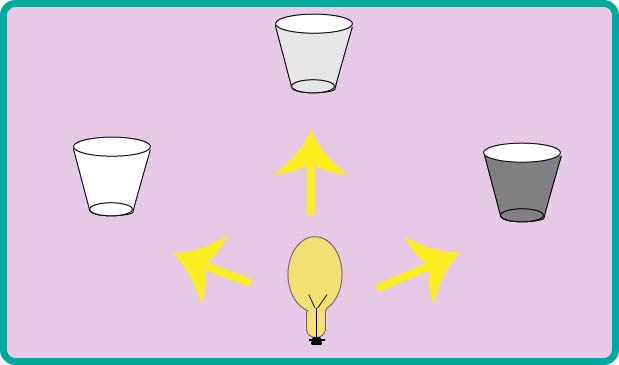
Transparent Versus Translucent

What Is The Light Behaviour Through Different Media Science Online

Pin On Creativity And Innovation

Light And Transparent Translucent Opaque Activities Translucent Activities Sorting Activities Teaching Blogs
What Determines The Color Of A Transparent Or Translucent Object Quora

What Is Translucent Translucent Objects And Materials Video Lesson Transcript Study Com

Transparent Translucent Or Opaque Properties Explanation Vector Illustration Vectormine Science Chart Science Projects For Kids Translucent Activities

Light And Color Transparent Translucent And Opaque Sort By Carrie Whitlock
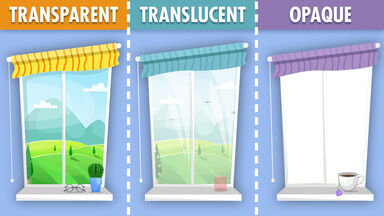
Transparent Vs Translucent Vs Opaque Compared
Translucent Opaque And Transparent Materials What S The Difference Mts Blog

Transparent Materials And Objects Translucent Objects And Opaque Materials With Examples
